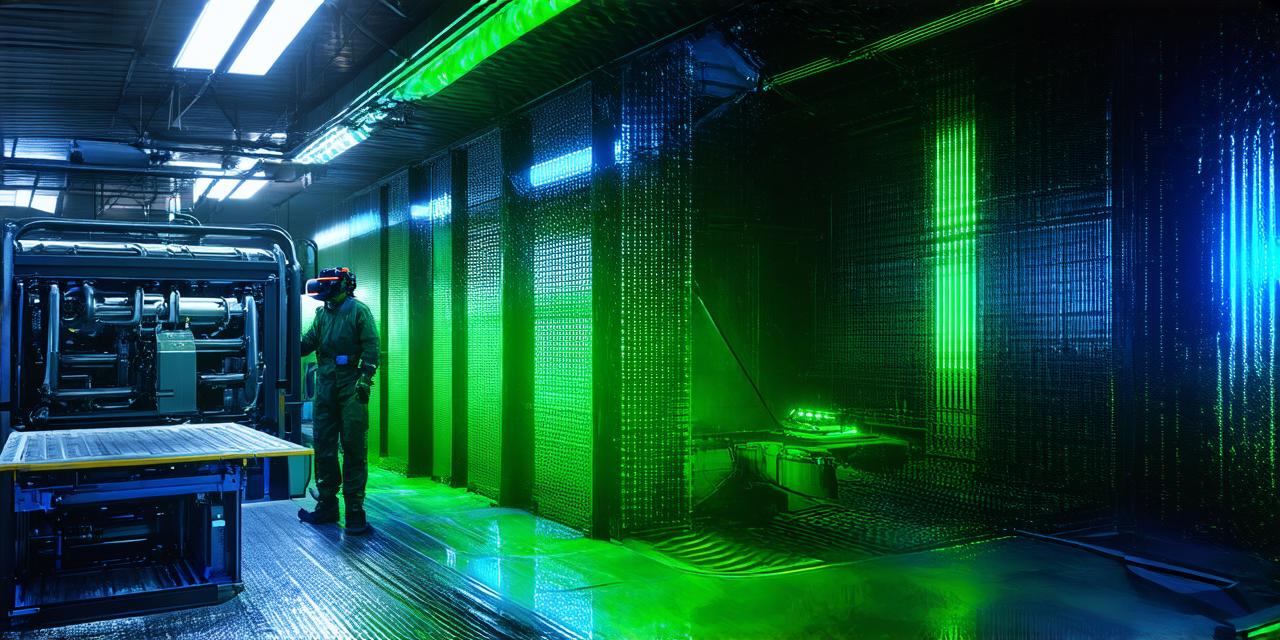Virtual reality (VR) is a rapidly growing field that has the potential to revolutionize the way we interact with digital content. However, the high cost of VR equipment and software can be a significant barrier to entry for small or medium-sized studios. In this article, we will explore when VR will become cost-effective for developers and provide some real-life examples of how they can get started with minimal investment.
One of the biggest challenges facing VR developers is the high cost of equipment. The Oculus Quest 2, one of the most popular VR headsets on the market, costs around $399. This can be a significant expense for small or medium-sized studios that may not have the resources to invest in this equipment upfront. However, there are some ways that developers can get started with minimal investment.
One option is to use web-based VR platforms, such as A-Frame or WebVR, which allow developers to create and publish VR experiences without requiring any specialized hardware. These platforms are free to use and can be accessed through a web browser on any device that supports VR. This makes it much easier for developers to get started with VR and experiment with the technology without having to invest in expensive equipment.
Another option is to consider using mobile VR devices, such as the Samsung Gear VR or Google Daydream View. These devices are significantly cheaper than desktop VR headsets and can still provide a high-quality VR experience. However, mobile VR devices have some limitations in terms of processing power and graphics quality compared to desktop VR headsets.
In addition to the cost of equipment, another challenge facing VR developers is the high cost of software development. Developing a VR experience can be significantly more complex than developing a traditional 2D or 3D game. This requires specialized skills and tools that can be expensive to acquire. However, there are some ways that developers can get started with minimal investment.
One option is to use open-source VR development tools, such as Unity or Unreal Engine, which allow developers to create and publish VR experiences without requiring any additional software or licensing fees. These tools are free to use and provide a wide range of features and capabilities that can be customized to meet the needs of individual developers.
Another option is to consider using game engines like Unity and Unreal Engine which have built-in VR support. This means that you don’t need to purchase additional software or licensing fees, and you can start building VR experiences right away. These engines also provide a range of tools and features that can help developers create high-quality VR experiences quickly and efficiently.
As the technology continues to advance and become more affordable, we can expect to see more and more developers incorporating VR into their projects. In the near future, it is likely that the cost of equipment and software will continue to decrease, making VR more accessible to smaller studios. As a result, we can expect to see a wide range of creative applications for VR technology in areas such as education, entertainment, and healthcare.
In conclusion, while the cost of virtual reality technology is still a significant barrier to entry for many developers, there are some ways that they can get started with minimal investment. By using web-based platforms, mobile VR devices, open-source development tools, or game engines with built-in VR support, developers can experiment with the technology without having to invest in expensive equipment or software upfront. As VR technology continues to advance and become more affordable, we can expect to see more and more developers incorporating it into their projects.
